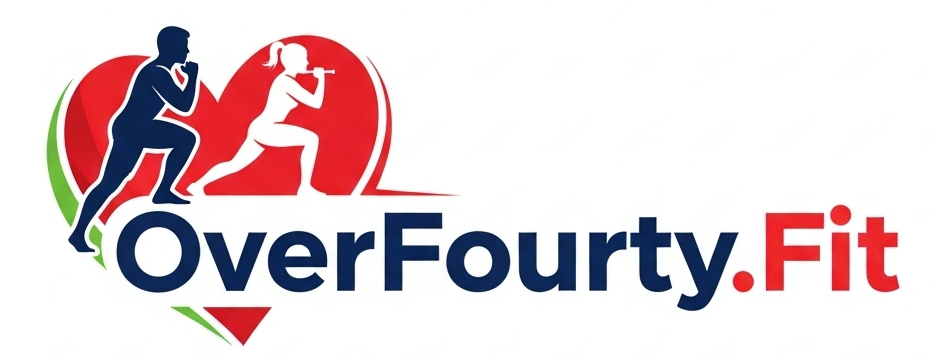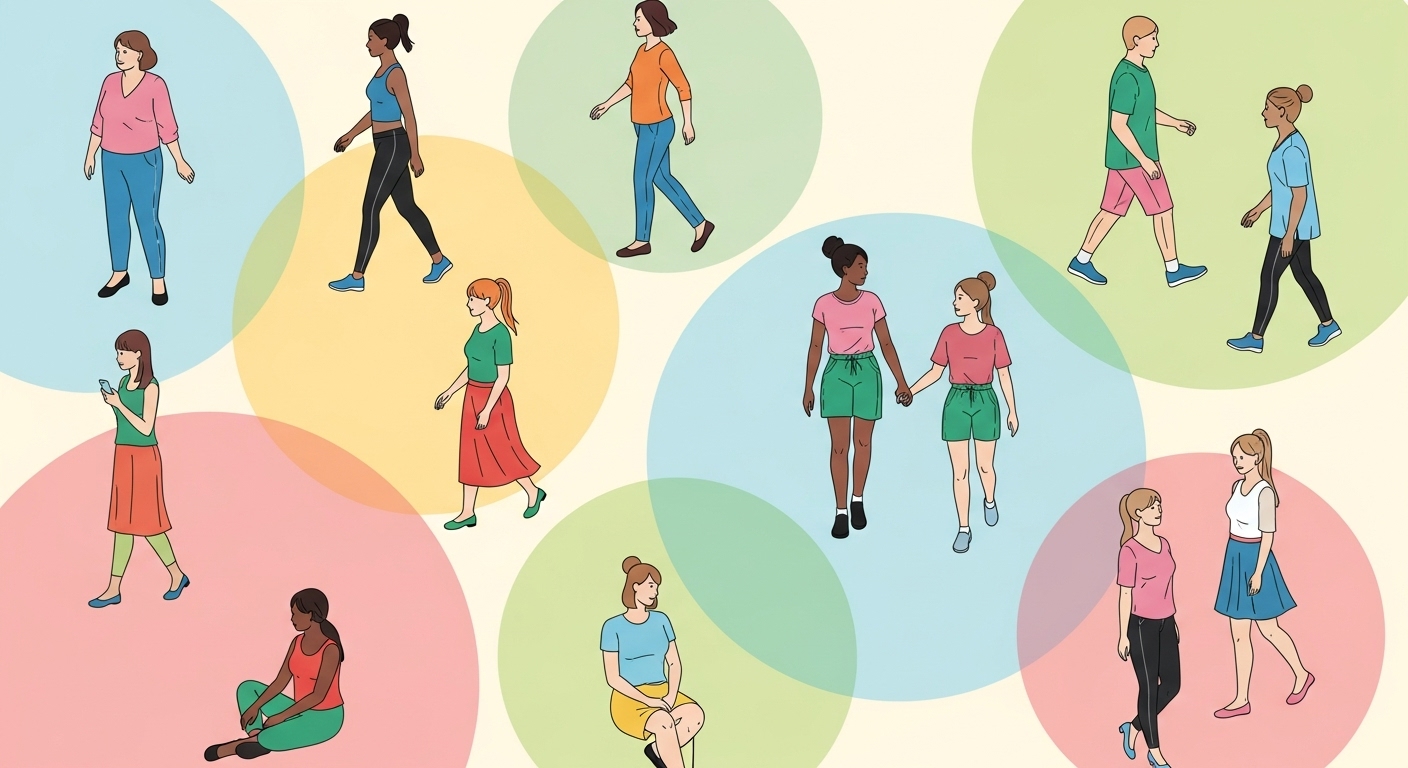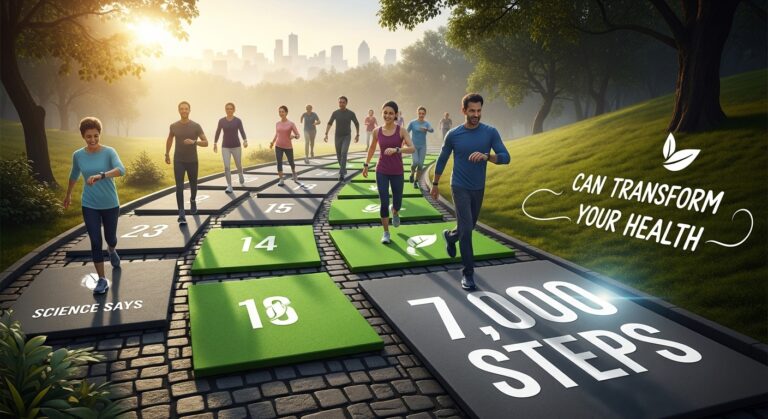Walk This Far in 2 Minutes, Science Says You’re Smarter in a Wide Range of Cognitive Domains
Why Walking Speed? The Brain-Body Connection
Your gait isn’t just about mobility; it’s a biomarker of brain health. Research shows walking speed relies on:
- Shared neural networks for motor control and cognition.
- Cardiovascular efficiency fuels brain oxygen flow.
- White matter integrity: Slow gait often signals early neurodegeneration.
💡 Key Insight:
“Gait speed is the sixth vital sign for cognitive aging.”
— Neurology Journal, 2023 Meta-Analysis
6 Cognitive Domains Linked to Walking Speed
Slow gait correlates most strongly with deficits in:
| Cognitive Domain | Impact of Slow Gait | Real-Life Example |
|---|---|---|
| Executive Function | ↓ Decision-making, planning | Struggling to multitask at work |
| Processing Speed | ↓ Mental quickness | Slow response in conversations |
| Working Memory | ↓ Holding/using info | Forgetting why you entered a room |
| Attention Control | ↓ Focus amid distractions | Losing track during driving |
| Visuospatial Skills | ↓ Navigating space | Bumping into objects frequently |
| Fluid Intelligence | ↓ Problem-solving ability | Difficulty learning new tech |

The 2-Minute Walk Test: Measure Your Brain Health
Protocol: Walk as fast as safely possible for 2 minutes on flat ground. Measure distance.
Cognitive Health Benchmarks (Ages 60+)
*Based on 10,000-participant studies:*
| Distance in 2 Mins | Cognitive Risk Profile | Action Needed |
|---|---|---|
| > 220 meters | Optimal cognition | Maintain current habits |
| 180–220 meters | Mild vigilance zone | Add brain-body exercises (↓) |
| < 180 meters | High risk of decline | Consult doctor + urgent action |
*Note: Under 40? Aim for 250m+. Use a fitness tracker or measured path (e.g., soccer field = 100m).*
Boost Gait Speed & Cognition: 4 Actionable Steps
1. Dual-Task Training (Proven Neuroplasticity Boost)
Combine walking with cognitive tasks:
- Beginner: Count backward from 100 by 3s.
- Intermediate: Name animals alphabetically (A→Z).
- Advanced: Solve math problems aloud (e.g., “15 x 3”).
2. Aerobic Interval Walks
Improves blood flow to hippocampal memory centers:
- Warm-up: 3 mins easy walk
- Intervals: 1 min FAST walk → 1 min recovery (repeat 5x)
- Cool-down: 2 mins slow walk
Do 3x/week
3. Neuroprotective Nutrients
Foods that protect brain structure:
- Leafy greens (vitamin K → processing speed)
- Berries (flavonoids → executive function)
- Fatty fish (omega-3s → 2% larger hippocampus)
4. Balance-Challenge Exercises
Activates cerebellum-cortex networks:
- Single-leg stands: 30 secs/leg, 3 sets daily
- Heel-to-toe walks: 10 steps forward/backward
- Tai Chi: 10 mins/day reduces fall risk by 45%
When Slow Gait Signals Risk: Next Steps
Consult a doctor if you observe:
- Sudden declines in walking speed
- Struggling with dual-task tests
- Red Flags:
- Walking < 1.0 m/s (≈ 120m in 2 mins)
- Cognitive test scores < 26 + slow gait
Walk Your Way to a Sharper Brain
Your 2-minute walk isn’t just exercise; it’s a real-time brain health snapshot. By training gait speed, you’re strengthening neural highways powering memory, focus, and decision-making. Start today:
- Measure your distance.
- Try dual-task walks.
- Fuel your brain with neuroprotective foods.
🔑 Key Takeaway:
“Walk fast, think faster.”
FAQs: Cognitive Domains Explained
1. What are the four domains of cognitive function?
The four core cognitive domains most commonly assessed are:
- Memory (recall & retention)
- Attention (focus & concentration)
- Executive Function (planning, decision-making)
- Language (comprehension, expression)
Note: Some models include visuospatial skills and processing speed as separate domains.
2. What are the 6 levels of the cognitive domains?
This refers to Bloom’s Taxonomy (education framework), which ranks thinking skills from basic to advanced:
- Remembering (recall facts)
- Understanding (explain ideas)
- Applying (use knowledge)
- Analyzing (break down concepts)
- Evaluating (judge/critique)
- Creating (produce new work)
Example:
- Remembering a formula (Level 1) vs. Creating a new theory (Level 6).
3. Cognitive vs. Affective Domains: What’s the Difference?
| Cognitive Domains | Affective Domain |
|---|---|
| Thinking skills (logic, memory) | Emotions/attitudes (values, empathy) |
| Measured by IQ tests, problem-solving | Assessed via surveys, behavior |
| Example: Solving a math equation | Example: Showing empathy to a friend |
4. What are the cognitive domains also known as?
It’s interchangeably called:
- Neurocognitive functioning
- Mental processes
- Executive functioning (when focusing on planning/decision-making)
5. What does “cognitive domains” mean?
Definition: Cognitive domains are categories of mental abilities the brain uses to process information, learn, and interact with the world. They include:
- Memory
- Attention
- Language
- Executive function
- Visuospatial skills
- Processing speed
Clinical Use: Doctors test these to diagnose conditions like dementia or ADHD.
6. What are the four main stages of cognitive development?
Per Piaget’s theory, children progress through:
- Sensorimotor Stage (0–2 yrs): Learn through senses/actions.
- Preoperational Stage (2–7 yrs): Develop language & imagination.
- Concrete Operational Stage (7–11 yrs): Logical thinking about concrete events.
- Formal Operational Stage (12+ yrs): Abstract/hypothetical reasoning.
Example: A toddler (Stage 1) drops a toy to understand cause/effect, while a teen (Stage 4) debates ethics.







